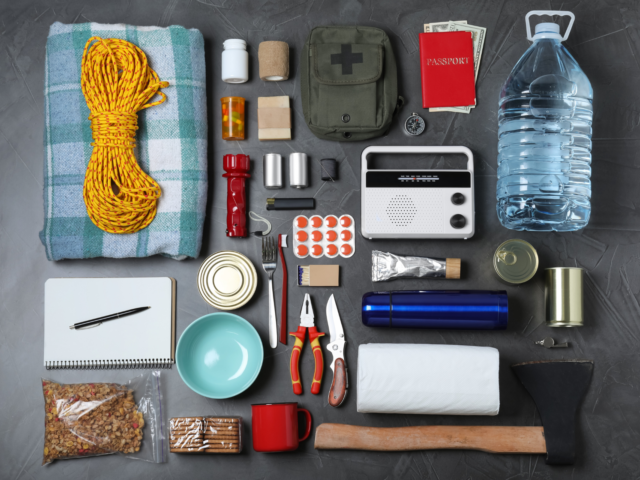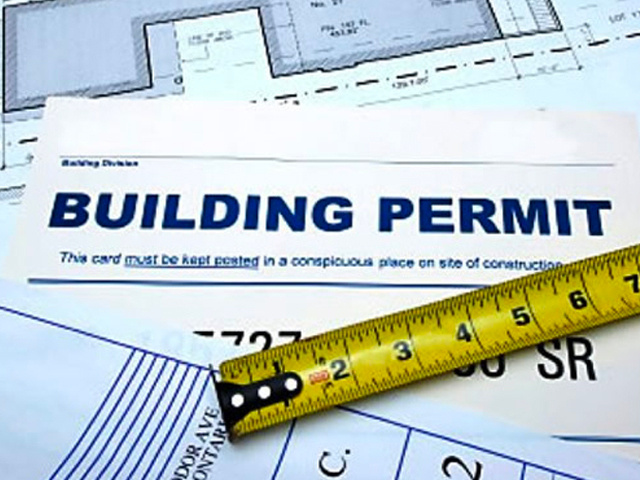Be In The Know
The Ripple Effect: Three Ways Residents Can Support Flood Protection This Fall
Take action during these autumn months to help reduce flooding.

As fall settles in, Virginia Beach residents can take proactive steps to benefit flood protection and water quality. With the seasonal shift comes a range of activities that, when integrated into daily life, can positively impact the city's environmental health. Flooding is a recurring issue in coastal communities like ours, but through simple, actionable changes, we can reduce its impact while enhancing water quality.
Here are three things you can do this fall to contribute to flood protection and cleaner waterways:
Maintain and improve your yard with native plants
Fall is an excellent time to enhance your yard with landscaping that beautifies, supports flood mitigation, and improves water quality. One of the most effective strategies is incorporating native plants and trees into your yard. These plants have deep root systems helping absorb more water than non-native species, which can reduce surface runoff, a major contributor to both flooding and water pollution.
Native plants adapt well to the local environment, making them more resilient to Virginia Beach's fluctuating weather patterns. Additionally, they help trap pollutants, such as fertilizers and pesticides, preventing these chemicals from entering stormwater systems and contaminating local bodies of water.
If you need help figuring out where to start, consider planting species such as black-eyed Susans, switchgrass or coastal goldenrod, all of which thrive in this area. These plants support the local ecosystem and reduce erosion, protecting your property and the surrounding community from flood risks. The Virginia Cooperative Extension is a great resource for additional information.
Tip: Consider creating a rain garden, which is a shallow, landscaped area designed to capture and filter rainwater. Rain gardens are particularly useful in preventing excess water from overwhelming stormwater systems during heavy rain events. They also promote groundwater recharge, which helps alleviate flooding concerns.
Clear and maintain curb gutters and swales
One of the simplest yet most important steps you can take each fall is to clear your curb gutters and nearby swales of leaves, debris and other obstructions. Swales are shallow, broad and vegetated channels designed to store or convey runoff while also removing pollutants. When curb gutters and swales become clogged, rainwater is unable to flow freely through these features, leading to overflow and localized flooding.
The accumulation of leaves is inevitable during fall, but regularly clearing them can prevent blockages and minimize flood risks. Otherwise, leaves and debris build up in storm drains, preventing water from draining properly, often leading to backups and even water contamination as pollutants mix into the stagnant pools.
Be mindful of what you hose or drain into these systems. Remember, everything entering storm drains eventually flows into nearby rivers, bays and the ocean. Reducing pollutants entering storm drains helps protect your immediate area from flooding and ensures cleaner water quality for the entire region.
Tip: If you live in an area prone to flooding, consider installing a rain barrel at your downspouts. Rain barrels collect and store rainwater from your roof, reducing the amount of water that flows into storm drains during heavy rainfall. You can then use the stored water for watering plants or washing cars, which makes it a sustainable practice.
Compost yard waste instead of raking it to the curb
A related fall maintenance task having a major impact on flood protection and water quality is managing yard waste. Many residents rake their leaves and grass clippings to the curb for pickup. While convenient, this practice can contribute to flooding and water contamination when heavy rains sweep these materials into storm drains.
Consider composting your leaves and grass clippings. Composting turns yard waste into nutrient-rich soil, which people can use to fertilize garden beds and lawns naturally. Doing so reduces the need for chemical fertilizers, which often wash into storm drains and contribute to water pollution. Plus, compost helps soil retain moisture, reducing the runoff contributing to flooding during storms.
Tip: If you need more space for a compost pile, many local community gardens or composting programs will accept your yard waste. Your donation is an excellent way to contribute to local sustainability efforts while reducing the burden on the city's stormwater systems.
By maintaining your yard with native plants, keeping your curb gutters and swales clear, and composting your yard waste, you can significantly contribute to Virginia Beach's flood resilience and water quality. These three actions support a healthier environment for you, your neighbors, and future generations. So, as the leaves begin to fall, consider how to turn autumn into an opportunity for positive environmental change.
The Virginia Beach Flood Protection Program — The Ripple Effect — is a comprehensive 10-year plan to address recurrent flooding in Virginia Beach. In November 2021, Virginia Beach voters overwhelmingly supported a resiliency package for several key flood protection initiatives to include drainage improvements, tide gates, pump stations and flood barriers throughout the city. The projects are led by Public Works with support from a community oversight board for transparency and accountability. Learn more at virginiabeach.gov/RippleEffect.
Contact Information
Keep Reading
See All Posts-
Calendar News Blog Hot Topics Multimedia Social Media Mobile Apps











